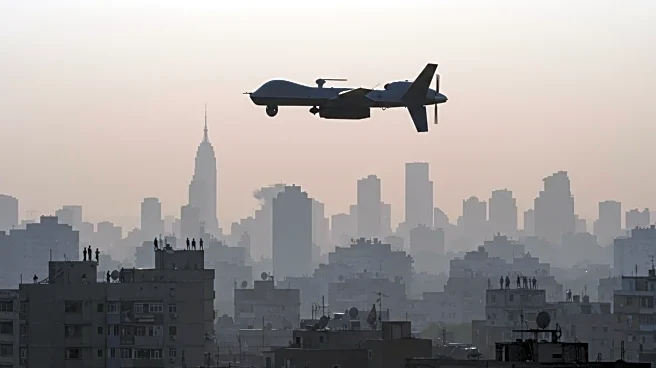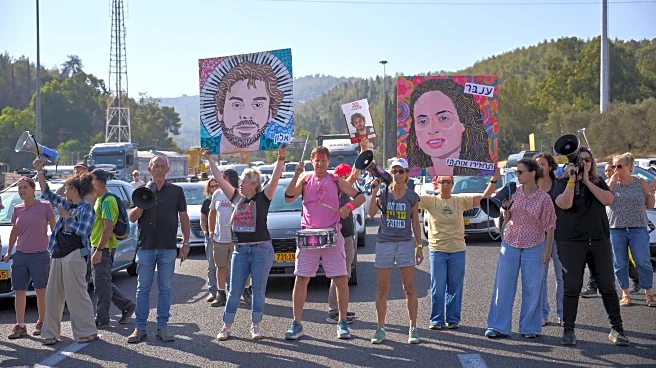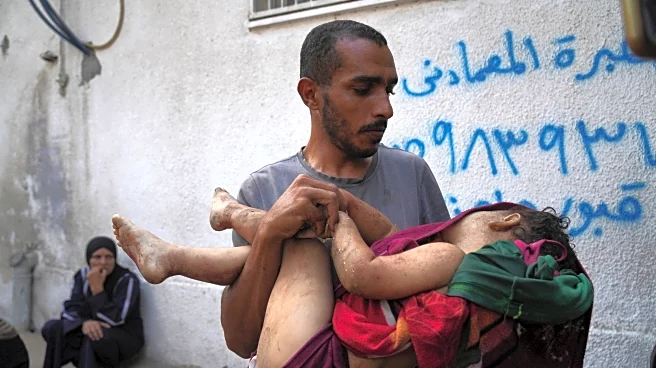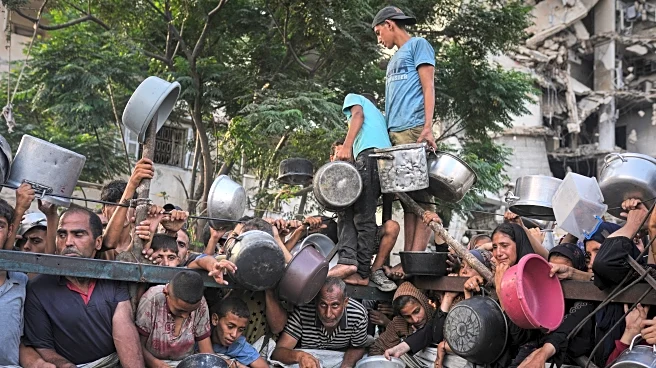What is the story about?
What's Happening?
Hamas has reportedly agreed to a temporary 60-day ceasefire as part of ongoing negotiations mediated by international parties. The ceasefire aims to facilitate further discussions towards a permanent truce. Key elements of the proposal include the release of Israeli hostages in exchange for Palestinian prisoners, continued humanitarian aid to Gaza, and a limited withdrawal of Israeli Defense Forces along the border. The agreement, however, is based on verbal assurances from mediators, with Hamas expecting these to evolve as talks progress.
Why It's Important?
The temporary ceasefire represents a critical step towards de-escalating tensions in the region, potentially paving the way for a more stable and lasting peace agreement. The humanitarian aid provision is crucial for the Gaza Strip, which has been severely affected by ongoing conflict. The release of hostages and prisoners could also ease tensions and build trust between the parties. However, the reliance on verbal assurances raises concerns about the durability of the agreement, and the potential for renewed hostilities if negotiations falter.
What's Next?
As negotiations continue, the focus will likely be on solidifying the verbal assurances into a formal agreement. The international community, including mediators, will play a crucial role in ensuring that both parties adhere to the terms of the ceasefire. The outcome of these talks could significantly impact regional stability and influence future diplomatic efforts in the Middle East.
AI Generated Content
Do you find this article useful?












